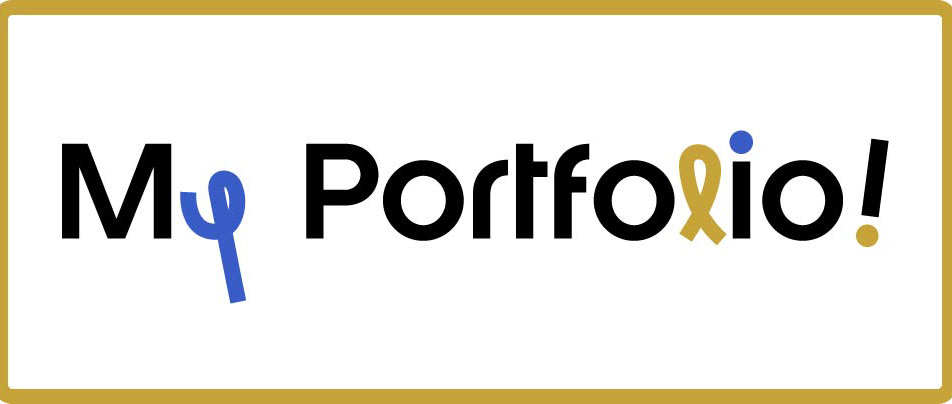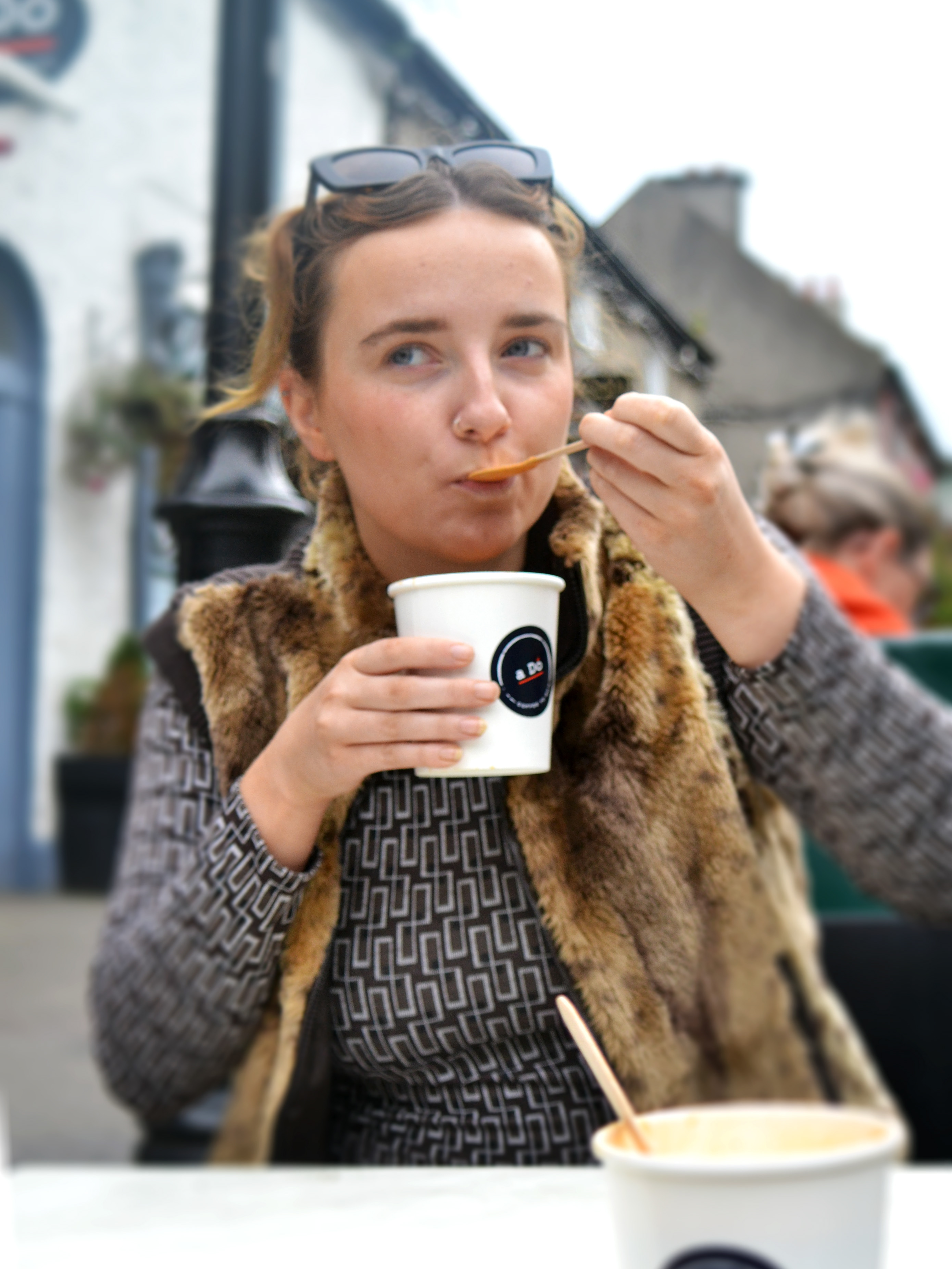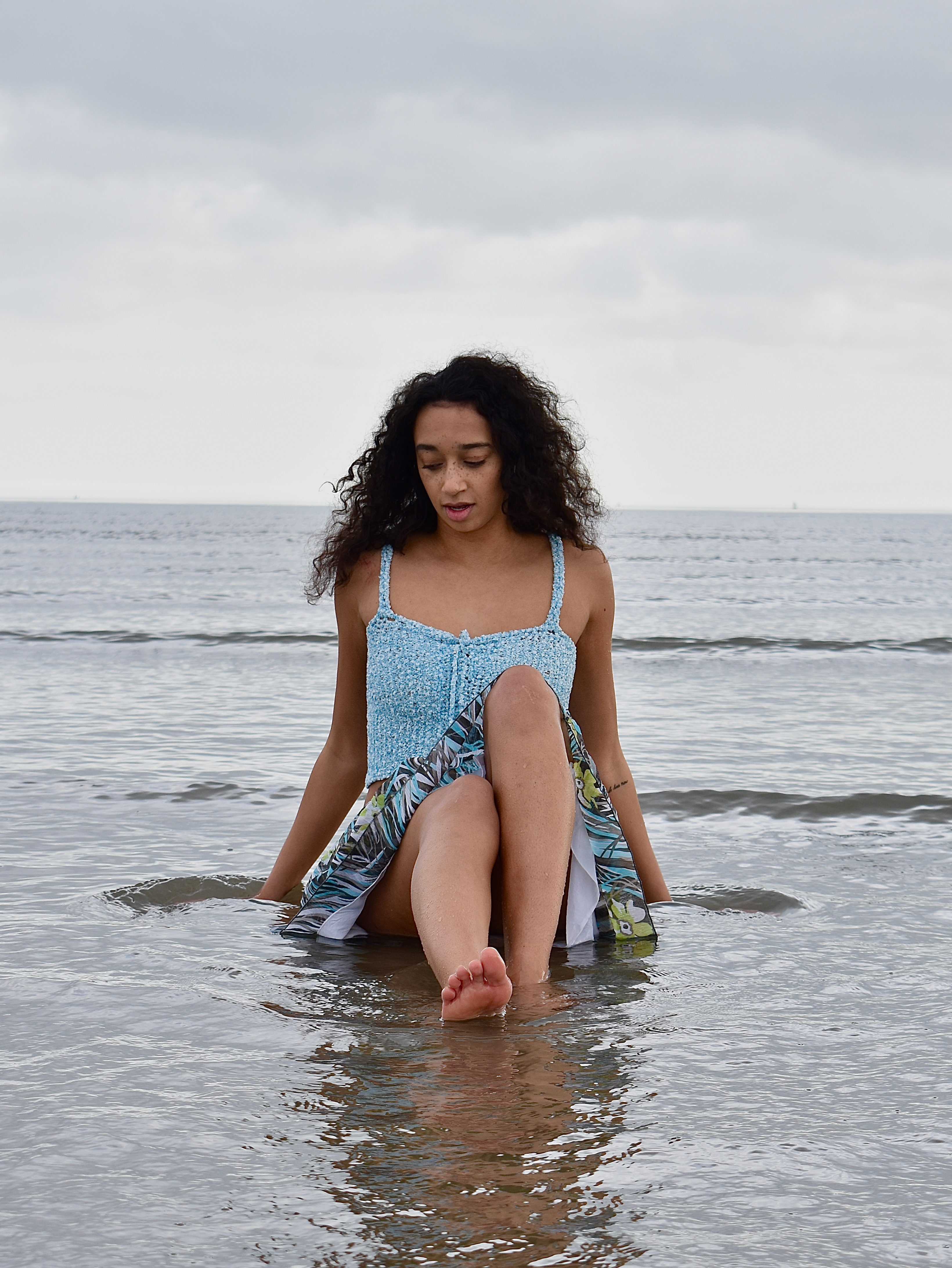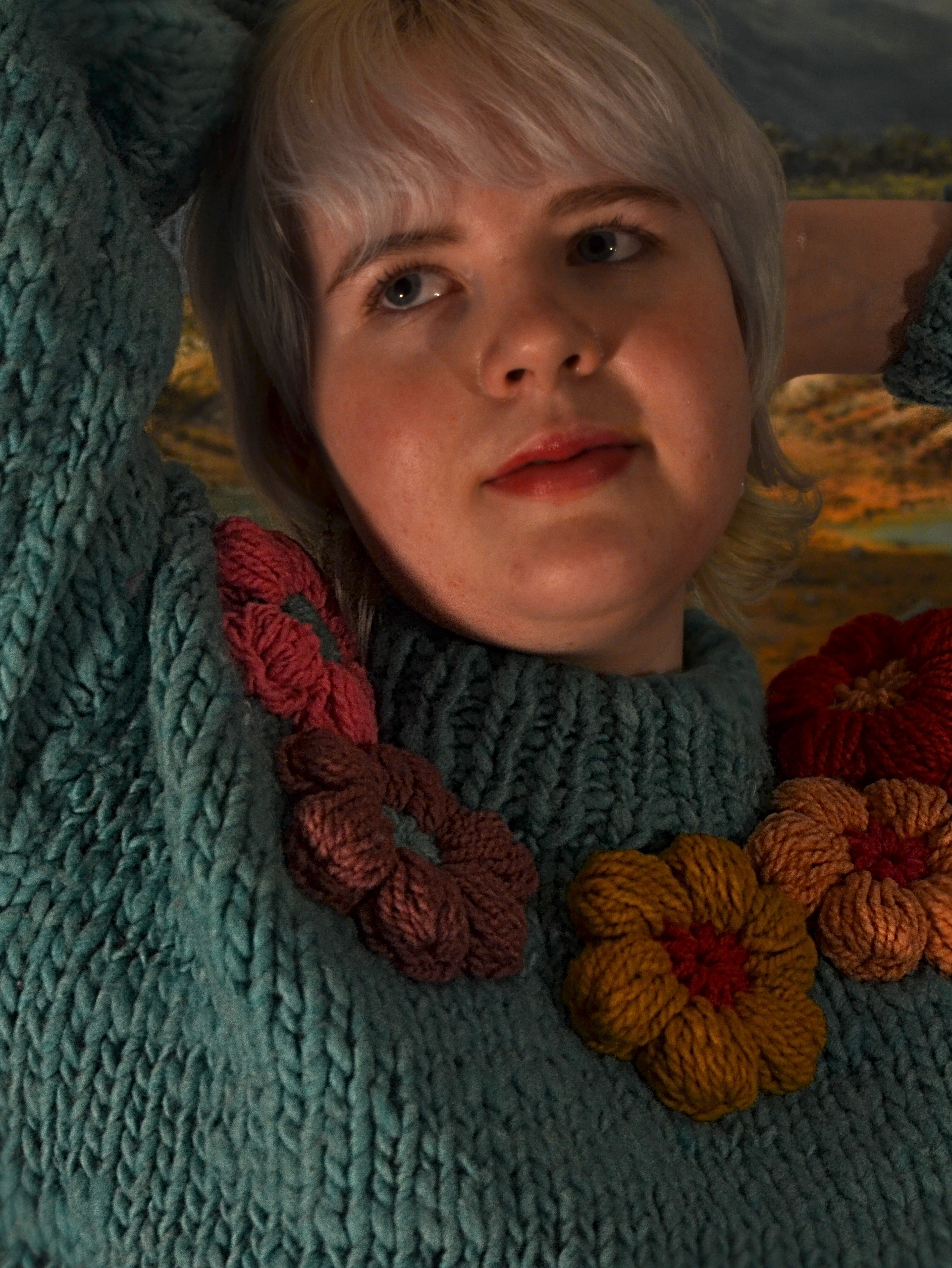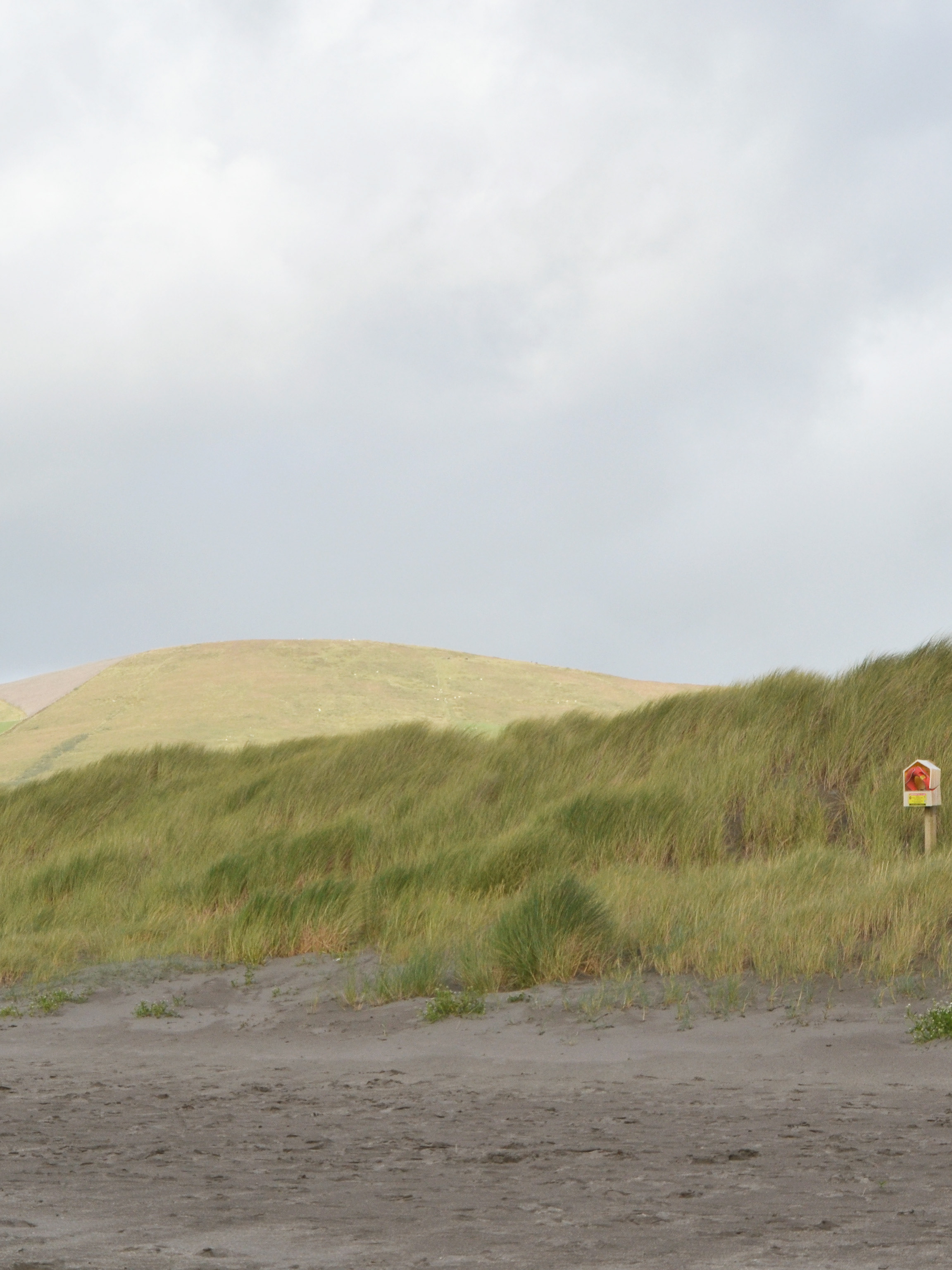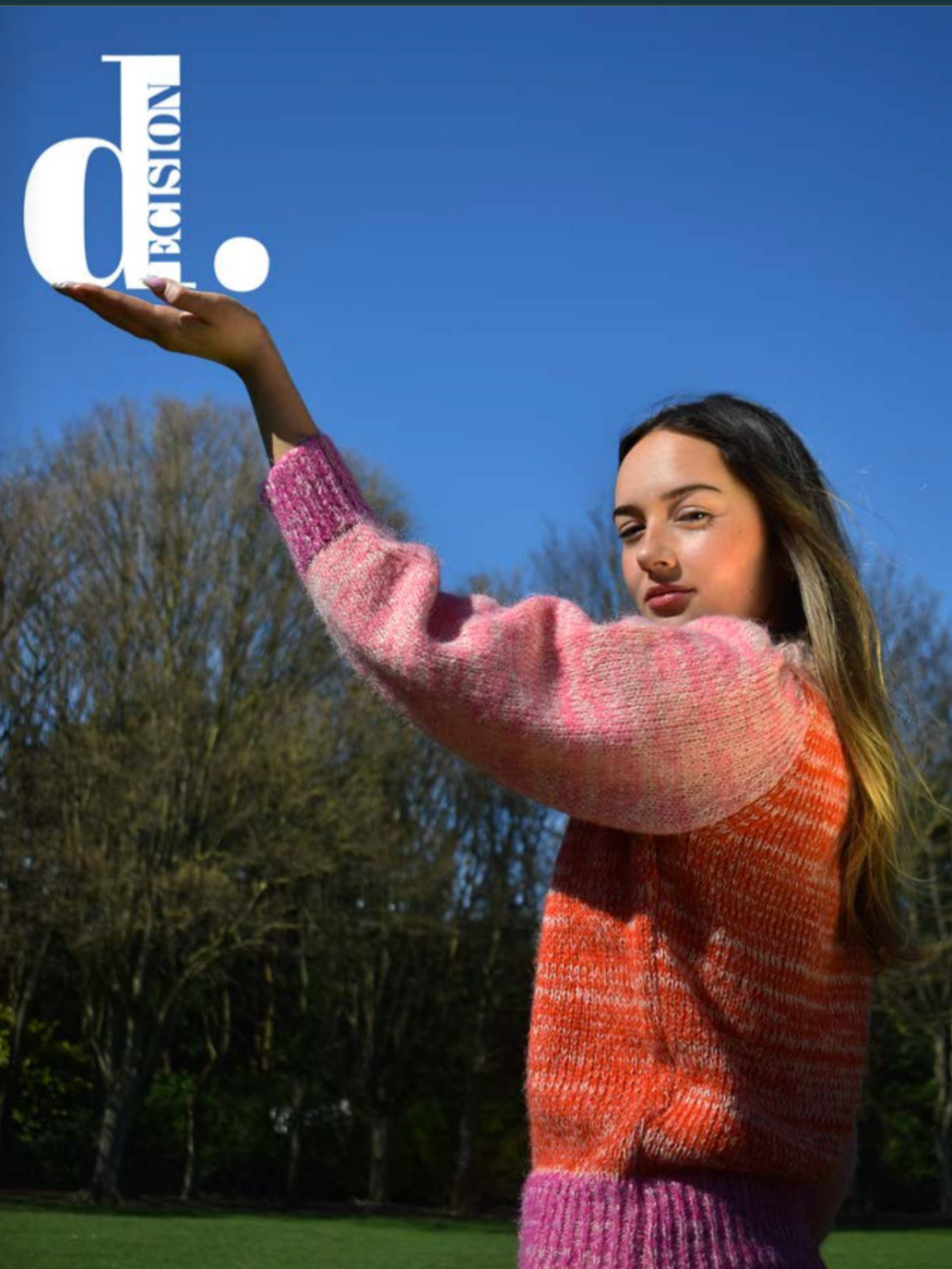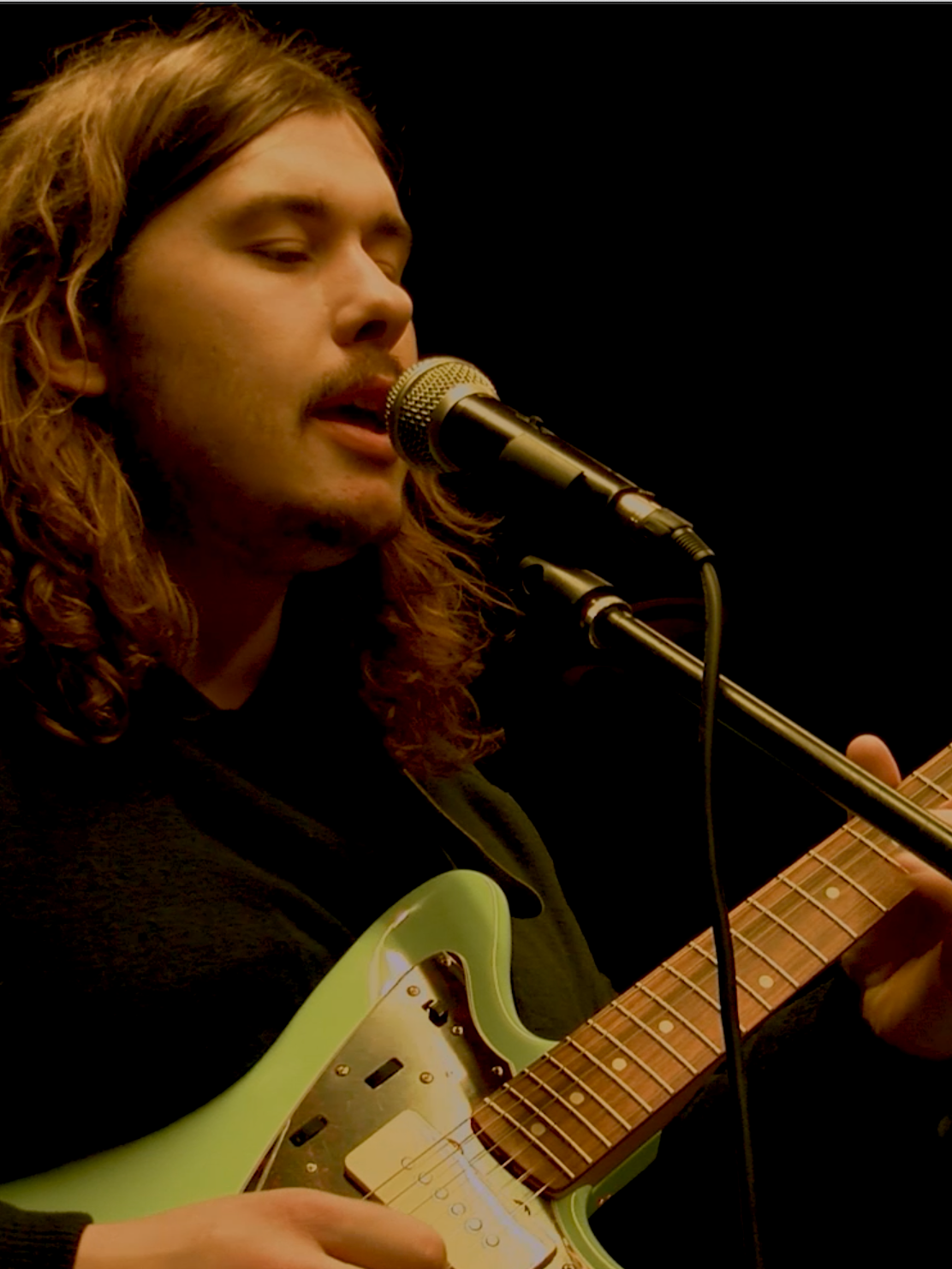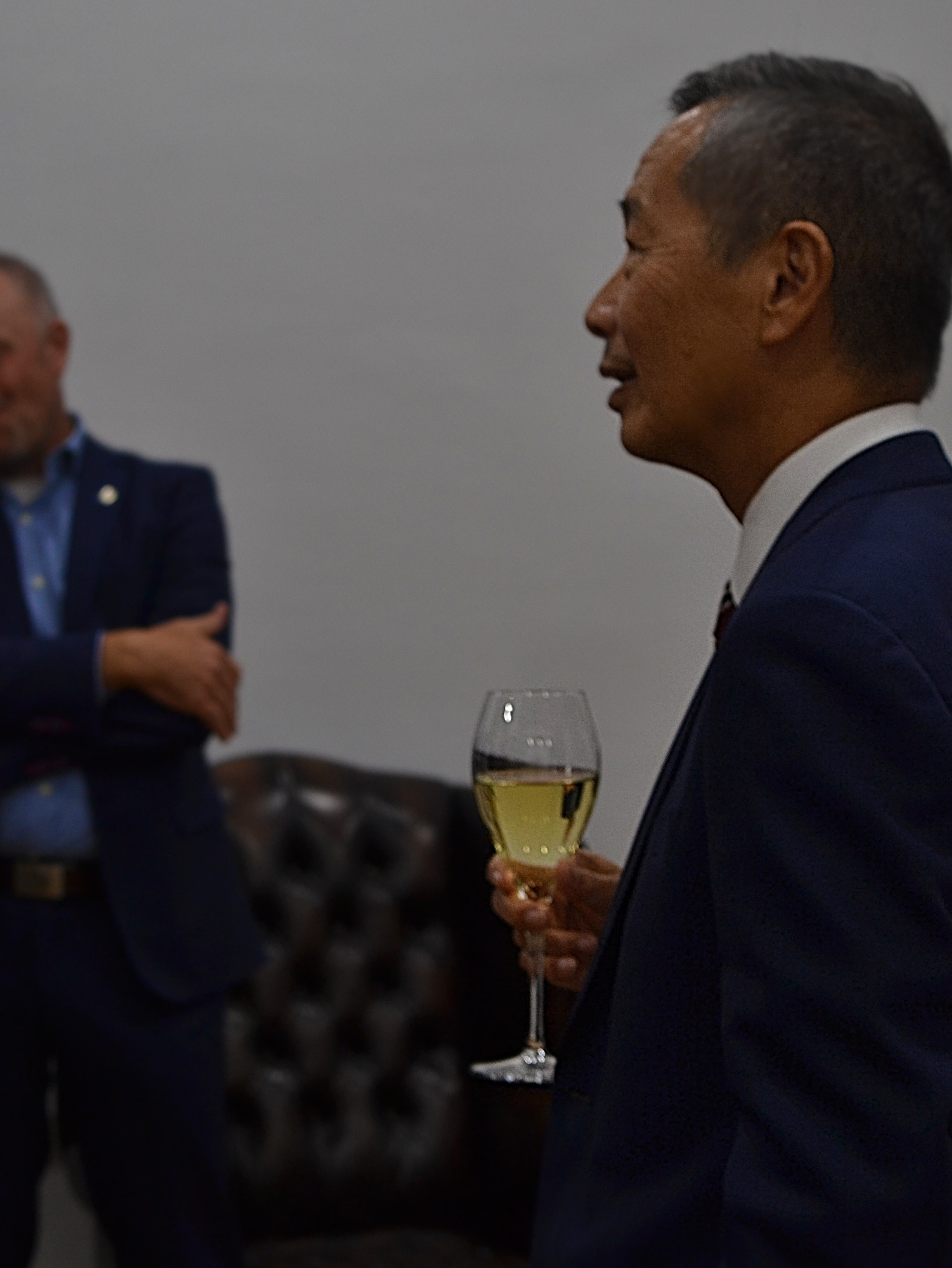Project Brief:
Produce a photo essay on an important issue to you. Provide an academic synopsis as well as a series of storytelling imagery.



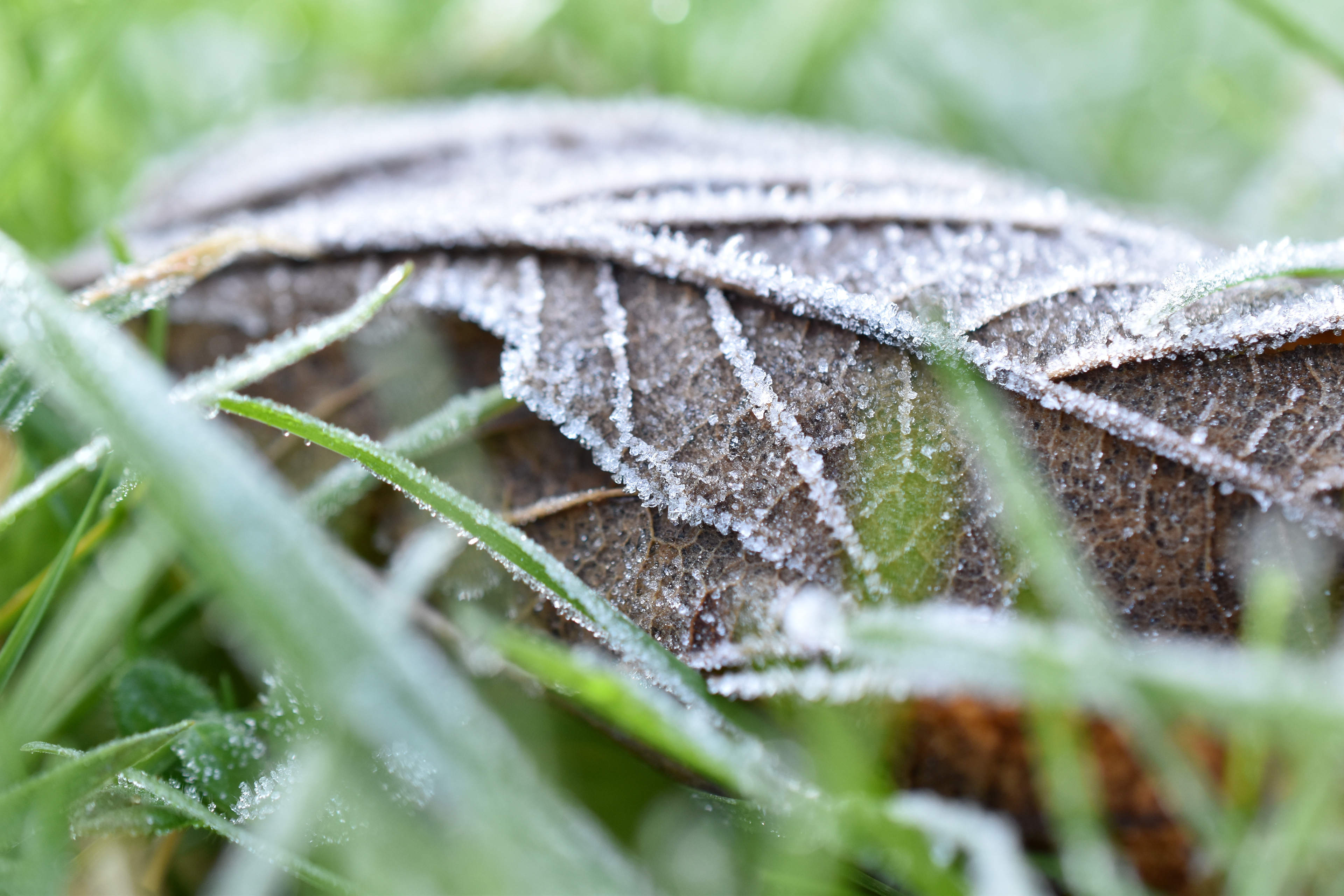
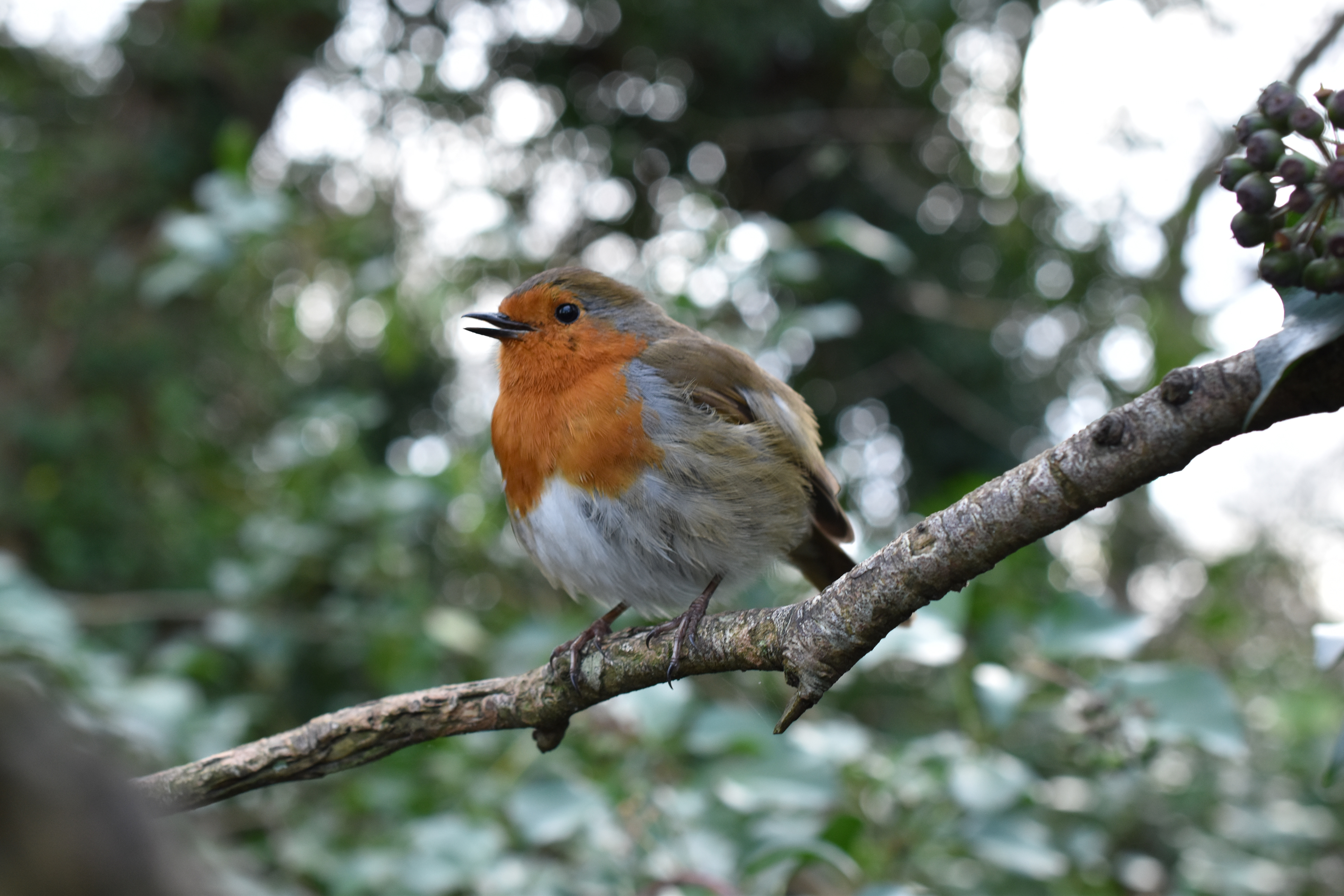
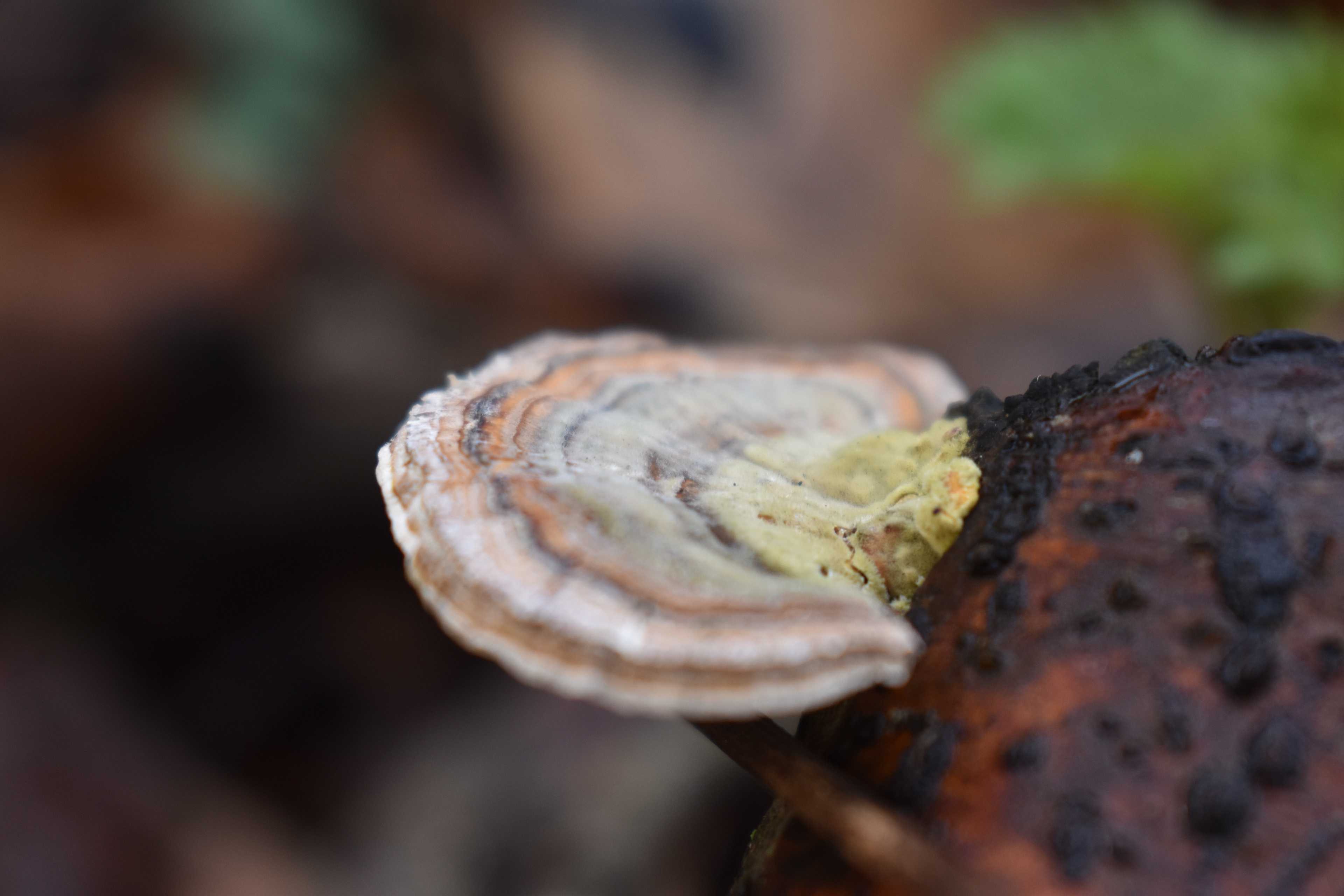

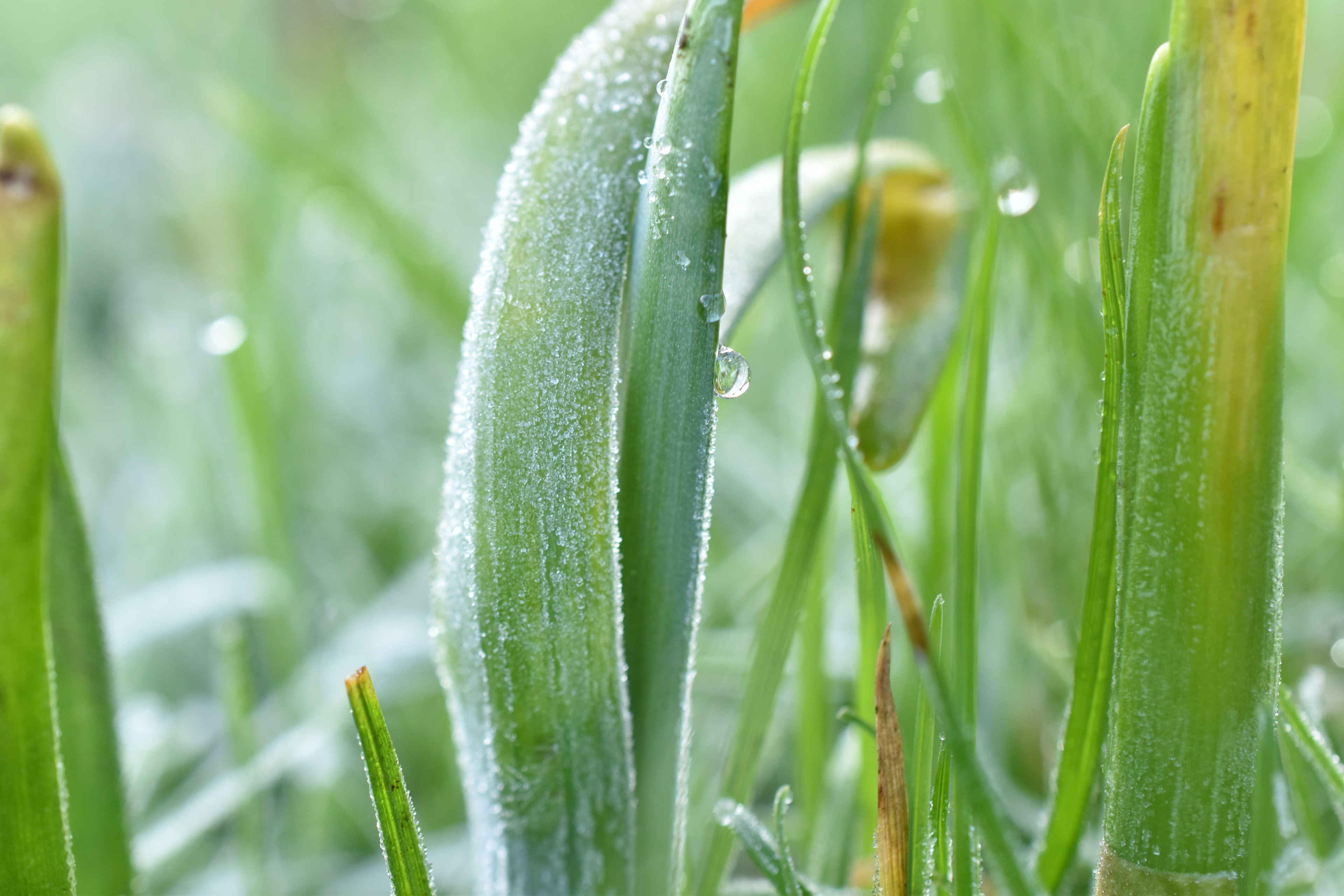

Synopsis:
Political Ecology not only contributes to preserving our environment but also our economy (Robbins, 2012). This series uses Malahide Castle as a perfect example of the perpetual conflict between political gain and environmental preservation. Considered to be one of Ireland's most famous tourist attractions, this case study demonstrates the importance of ecocentric prioritisations (Robbins et al, 2014). In 2016, the plans for installing a zip line on the grounds of the park were dismissed after Fingal County Council provided valid evidence that the repercussions of these plans were too detrimental to the forestry at stake. They highlighted the plans that were set out to cut down a large mass of trees and how the atmosphere would be inherently affected if we continued down this path (D’Arcy, 2016). Nevertheless, the pre-existing paths, playgrounds, cafes and public toilets still occupy the land for economic demand. These political decisions have affected humans' relationship with nature and it is important to highlight what society has separated from us. Nature is only available to us in designated areas such as parks, but these areas are becoming less accommodating to animals and more accommodating to humans, diminishing the regions where wildlife can survive. As argued by Thomas Malthus overpopulation is affecting both humans and nature. Humans are becoming increasingly exposed to more diseases, becoming ill while nature is unable to provide its resources at the same rate as the population grows (Robins, 2012). Malahide’s ecosystem cannot grow at the same rate as humans. This is mainly due to overpopulation which inherently results in overwhelming economic desire.
The need to demonstrate Malahide’s ecological grandeur outside of its man-made enhancements was critical to the wildlife’s justice. The photographs remind us of how the space has become progressively smaller in conjunction with the population's growth and eagerness for politics. I emphasised these concepts by either focusing on fine details of a member of the ecosystem using a macro lens or using a closed composition to capture the sum of a whole animal or habitat.
